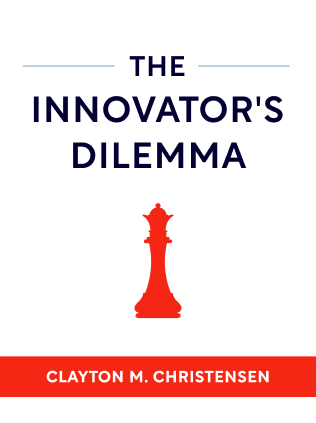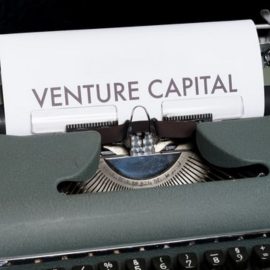

This article is an excerpt from the Shortform summary of "The Innovator's Dilemma" by Clayton M. Christensen. Shortform has the world's best summaries of books you should be reading.
Like this article? Sign up for a free trial here .
What is the meaning of disruptive technology for its respective market? How does the disruptive technology meaning vary from firm to firm?
The Innovator’s Dilemma is all about the meaning of disruptive technology on markets and established companies in any industry. The impact of disruptive technology varies based on a firm’s ability to respond.
Read on to better understand the meaning of disruptive technology and what influences its impact.
Meaning of Disruptive Technology: Upending Industries
Innovations have the potential to upend industries. These kinds of significant innovations—called disruptive innovations—don’t come along very often, but when they do, they change how companies make and market products, the types of customers who buy the products, and how they use the products.
When disruptive technologies emerge, dominant, well-run companies often stumble. These companies tend to use the same sound business judgment that has guided them through previous changes, including:
- Listening to what current customers want
- Providing more and improved versions of what customers want
- Investing in projects that promise the highest returns
However, in the face of disruptive innovations, these strategies don’t produce the same results. This is the innovator’s dilemma: The approaches that lead to success in adopting most innovations lead to failure when confronting disruptive innovations.
This book provides insight for both innovators and established companies’ leaders on how to navigate disruptive innovations. The author takes on two key questions:
- Why do so many successful businesses fail when confronted with disruptive innovations in their industries?
- How can businesses succeed despite the unpredictability of disruptive innovation?
There’s no way to get around the uncertainty of innovation, but you can reduce the meaning of disruptive technology on your firm by understanding the traits of disruptive innovations, effective strategies for adopting them, and how to tell the difference between a disruptive and non-disruptive innovation.
In Part 1, we’ll look at how and why successful, well-managed companies often fail when faced with disruptive technologies. In Part 2, we’ll cover strategies that established companies can use to avoid falling into these common traps, and how the companies can successfully adopt disruptive technologies.
The author was a Harvard Business School professor who developed the theory of disruptive innovation through extensive research, coupled with his experience as a former entrepreneur and management consultant. (Shortform note: This book was originally published during the 1990s tech boom, in which innumerable companies faced disruptions. The Economist named The Innovator’s Dilemma among the six most important business books ever written.)
(In the context of this book, “technology” means any process a company uses to produce its products and services, and “innovation” is anything that causes a technology to change.)

———End of Preview———
Like what you just read? Read the rest of the world's best summary of Clayton M. Christensen's "The Innovator's Dilemma" at Shortform .
Here's what you'll find in our full The Innovator's Dilemma summary :
- Christensen's famous theory of disruptive innovation
- Why incumbent companies often ignore the disruptive threat, then move too slowly once the threat becomes obvious
- How you can disrupt entire industries yourself






